Latest Whitepapers
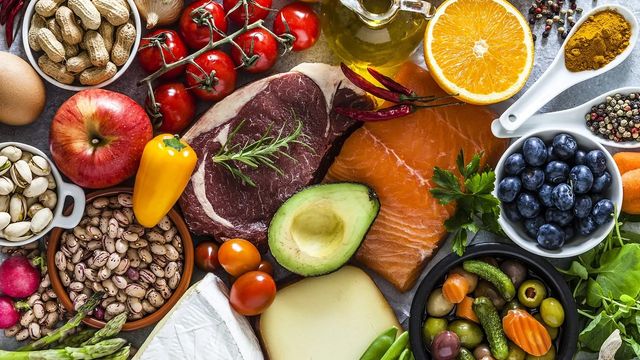
Whitepaper
New Analysis Tools for Detecting Food Fraud
The increasing threat of food fraud is driving the development of new and more powerful combined approaches that can “fingerprint” food constituents to stay ahead of the game.
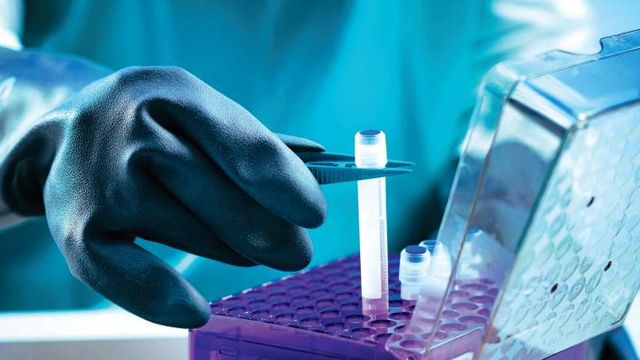
Whitepaper
Secure Critical Life Science Assets and Environments
This whitepaper highlights how monitoring critical parameters with a 24/7 real-time, data-acquisition system can remove variables from experimentation, mitigate risk and increase research reproducibility.
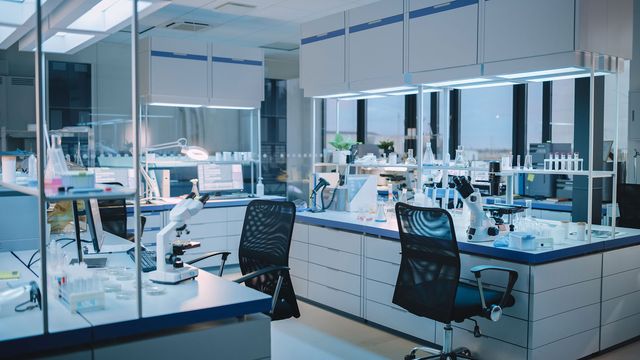
Whitepaper
Establish a Data-Driven Lab of the Future
This whitepaper explores how scientists can identify and take advantage of untapped business value in existing lab data.
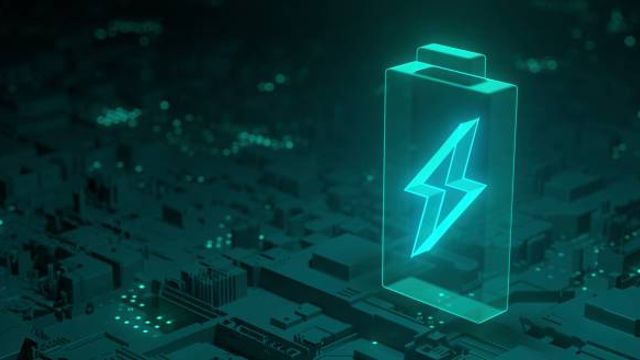
Whitepaper
Overcoming Obstacles in the Lithium-Ion Battery Industry
This whitepaper highlights the latest innovations and technologies that can secure the future of LIBs in the alternative energy revolution.
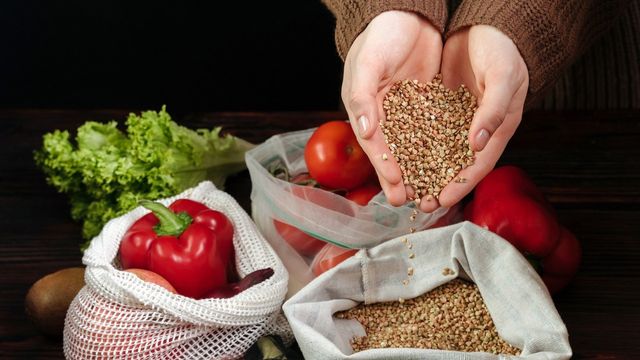
Whitepaper
Sustainable Solutions for the Global Food Crisis
This whitepaper highlights a variety of sustainable food solutions and analytical innovations that can help new products break through to consumer markets.

Whitepaper
Chemicals for Batteries: A Total Workflow Solution
This whitepaper outlines formulation materials for anode, cathode and electrolyte analysis. It details how to optimize your production needs with customized chemical blends and highlights analytical standard solutions for use in elemental analysis.
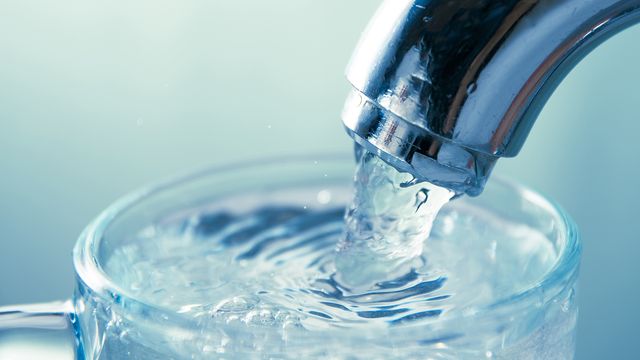
Whitepaper
Mitigating PFAS in Drinking Water Through Analytical Innovation
Per-and polyfluoroalkyl substances (PFAS) can persist in our environment for longer than any other artificial substance. They’re associated with negative health effects, yet, they are pervasive in our water systems.
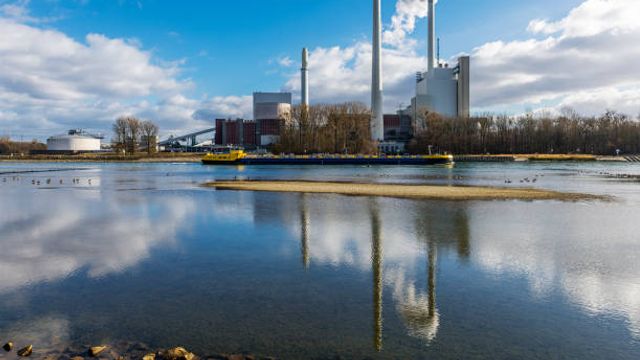
Whitepaper
PFAS Analysis: Overcome Challenges and Meet Evolving Requirements
Per-and polyfluoroalkyl substances (PFAS) are highly stable and resistant to degradation. They can persist in our environment for longer than any other artificial substance.
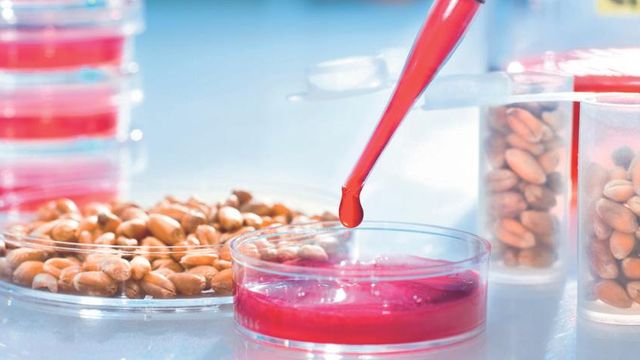
Whitepaper
Breaking Down Proteins To Build Food Waste Solutions
Often overlooked, upcycling food surplus or side-stream products produced during the manufacturing of food, could make food production more sustainable whilst also providing economic opportunities.
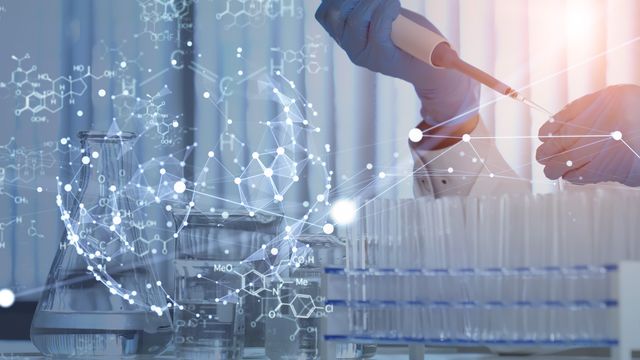
Whitepaper
The Perfect Microbalance for Every Application
Many factors can risk the reliability of micro- and ultra-microbalances. Their setup surface and leveling as well as changes in environmental conditions, such as temperature, air pressure and relative humidity, can all affect their accuracy and impact results.
Advertisement

